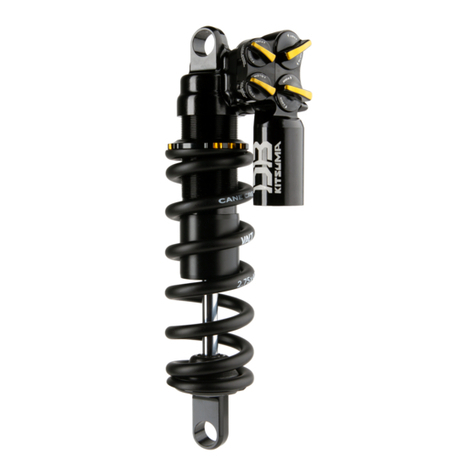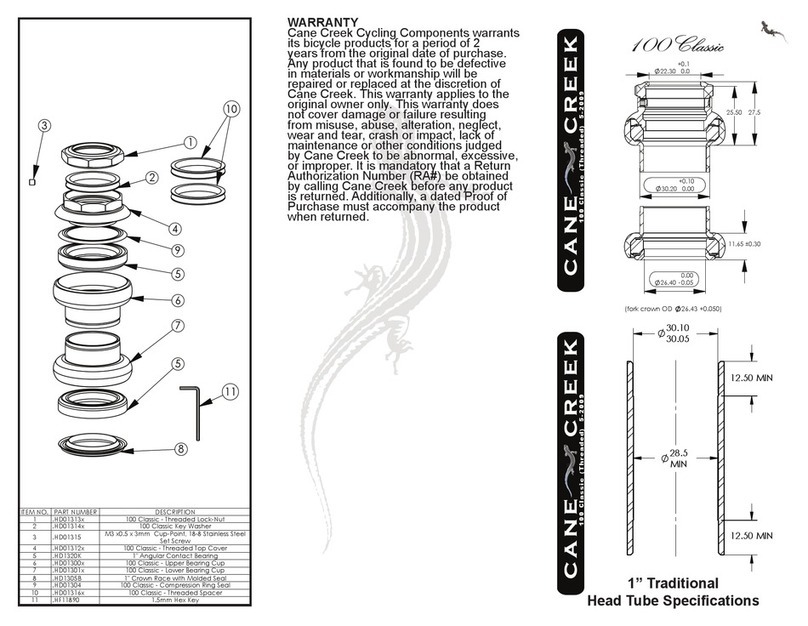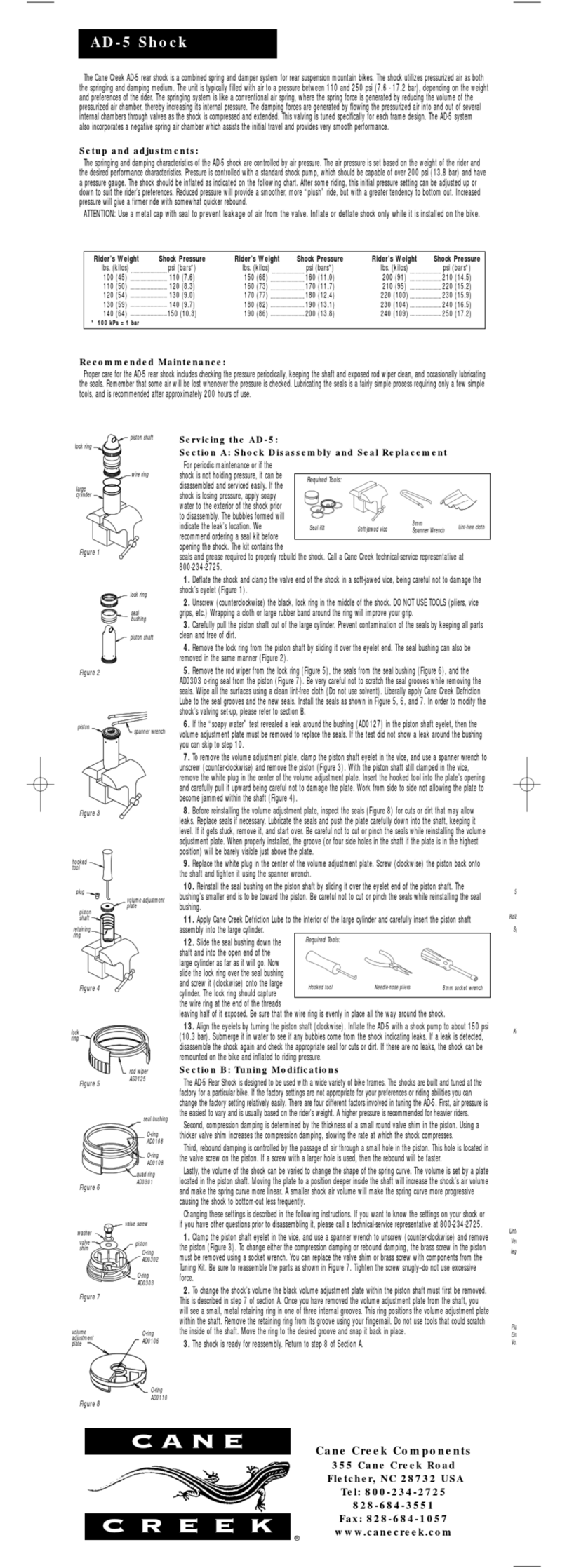Cane Creek Helm User manual
Other Cane Creek Bicycle Accessories manuals
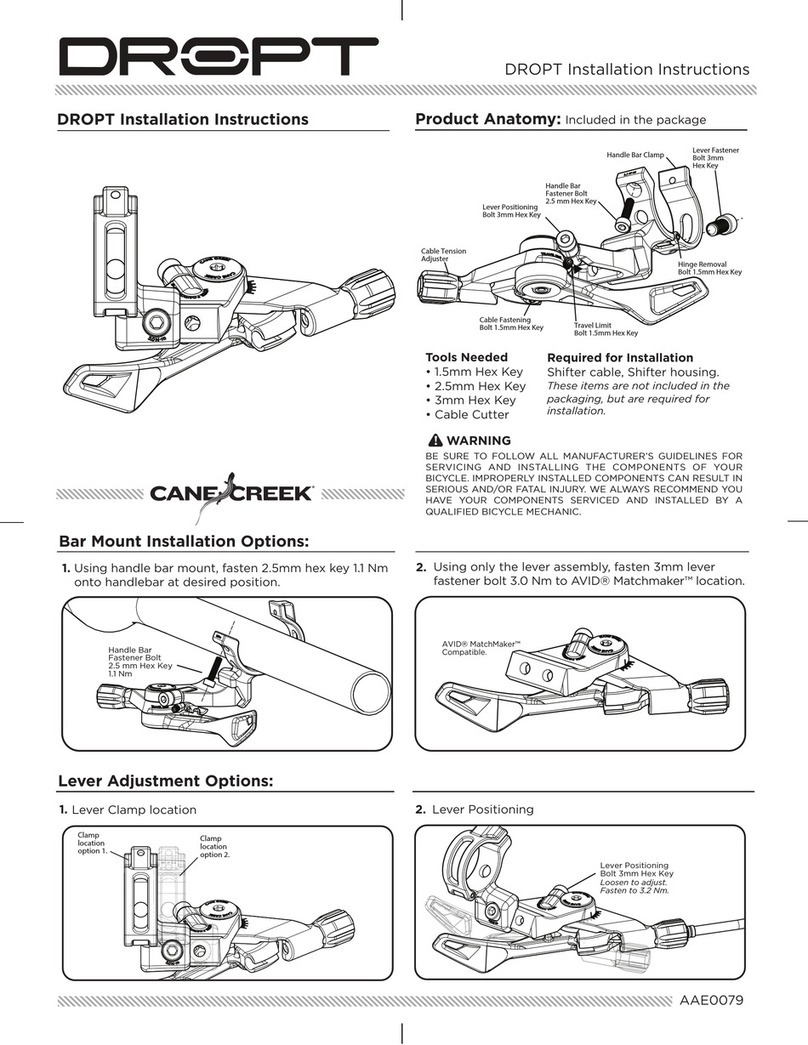
Cane Creek
Cane Creek DROPT Service manual
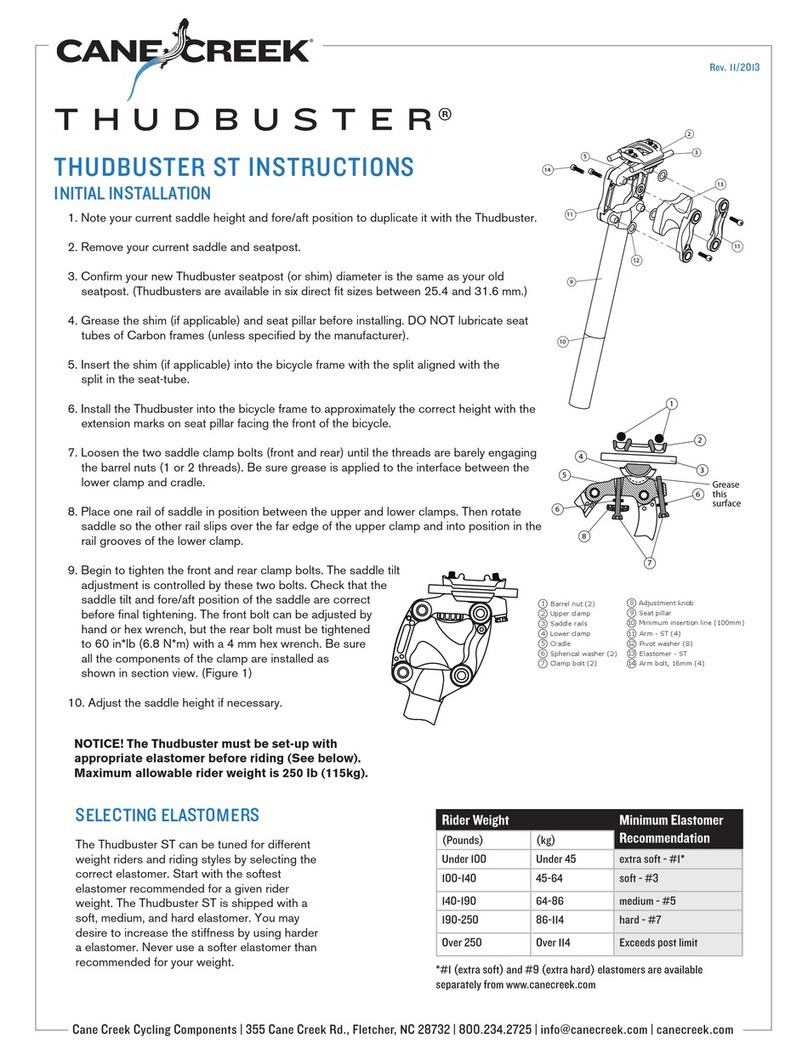
Cane Creek
Cane Creek THUDBUSTER ST User manual
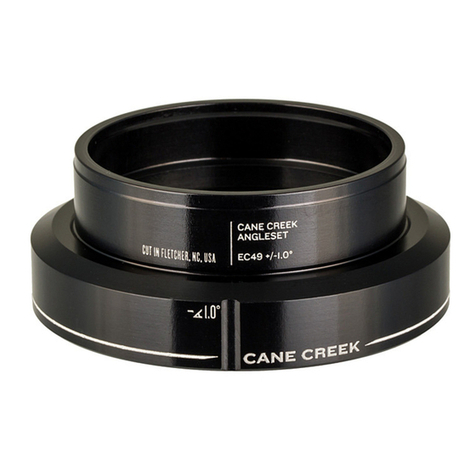
Cane Creek
Cane Creek AngleSet EC44 User manual

Cane Creek
Cane Creek CANE CREEK THUDBUSTER User manual
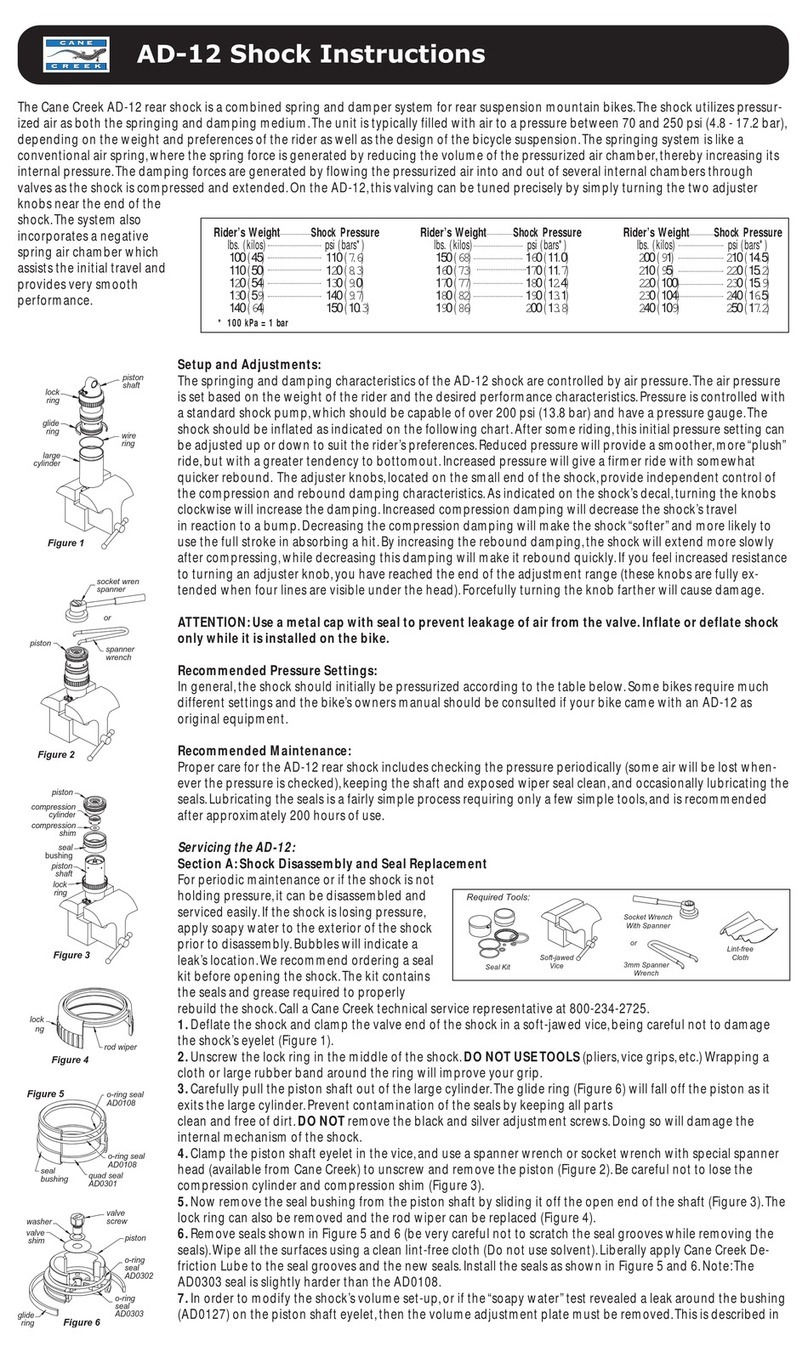
Cane Creek
Cane Creek AD-12 Shock User manual
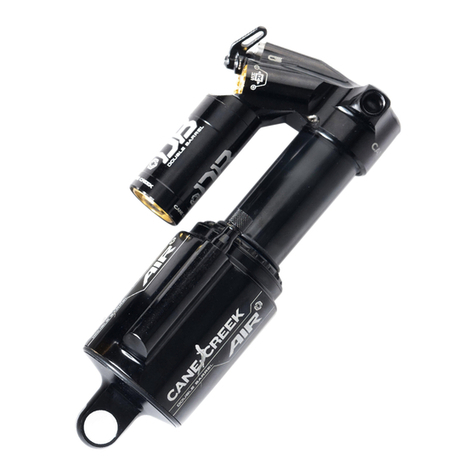
Cane Creek
Cane Creek Double Barrel User manual
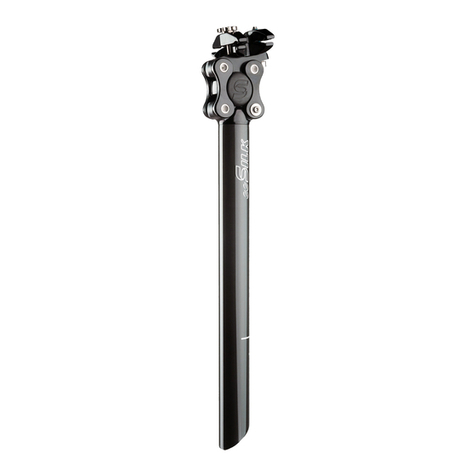
Cane Creek
Cane Creek eeSilk System manual
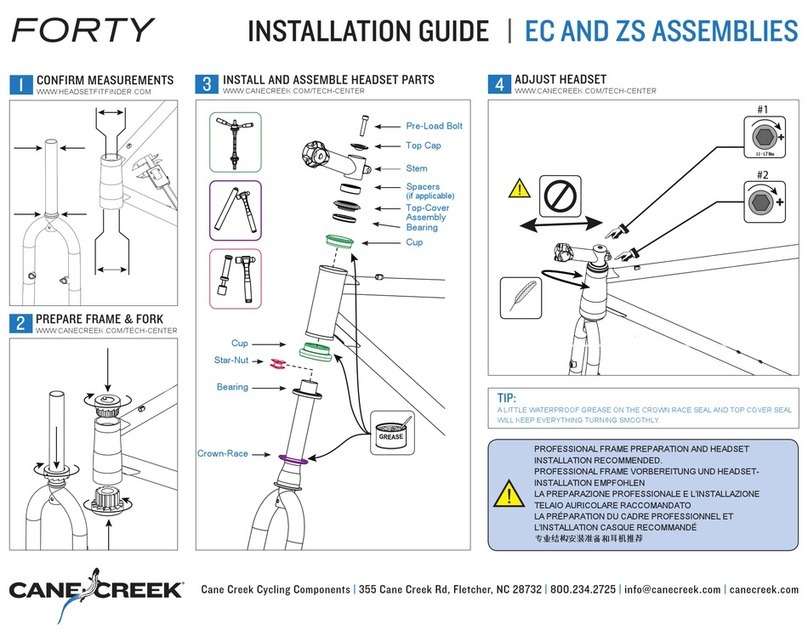
Cane Creek
Cane Creek EC Operating and maintenance instructions
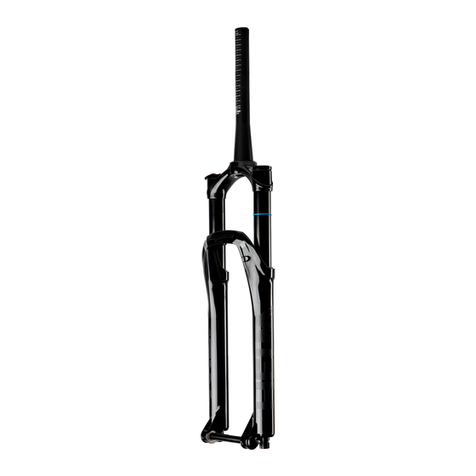
Cane Creek
Cane Creek Helm MKII User manual

Cane Creek
Cane Creek eeSilk System manual
Popular Bicycle Accessories manuals by other brands

Specialized
Specialized Elite CylcoComputer user manual

Sigma
Sigma BC 16.16 manual

Playcore
Playcore Dero Setbacks installation instructions

VDO Cyclecomputing
VDO Cyclecomputing x3dw instruction manual

Cateye
Cateye RAPID X2 manual

buratti meccanica
buratti meccanica Clorofilla Trail Use and maintenance manual
